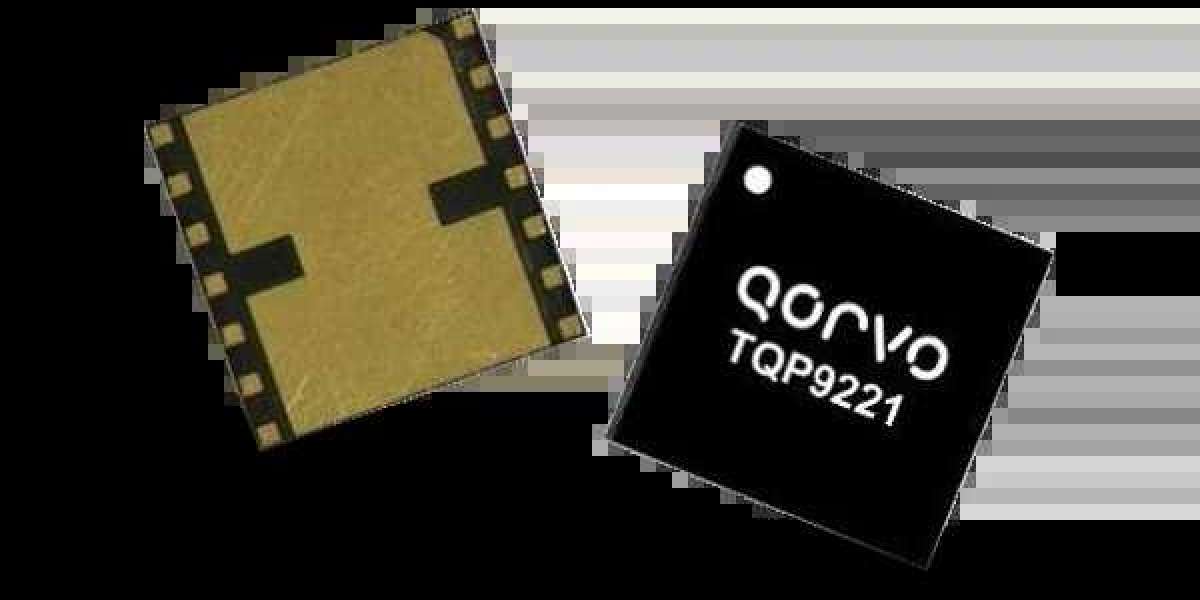When physicists talk about the electronic properties of solids, we often talk about "band theory". I've written a bit about this before here. In classical mechanics, a free particle of mass \(m\) and momentum \(\mathbf{p}\) has a kinetic energy given by \(p^2/2m\). In a crystalline solid, we can define a parameter, the crystal momentum, \(\hbar \mathbf{k}\), that acts a lot like momentum (accounting for the ability to transfer momentum to and from the whole lattice). The energy near the top or bottom of a band is often described by an effective mass\(m_{*}\), so that \(E(\mathbf{k}) = E_{0} + (\hbar^2 k^2/2m_{*})\). The whole energy band spans some range of energies called the bandwidth, \(\Delta\). If a band is "flat", that means that its energy is independentof \(\mathbf{k}\) and \(\Delta = 0\). In the language above, that would imply an infinite effective mass; in a semiclassical picture, that implies zero velocity - the electrons are "localized", stuck around particular spatial locations.
Why is this an interesting situation? Well, the typical band picture basically ignores electron-electron interactions - the assumption is that the interaction energy scale is small compared to \(\Delta\). If there is a flat band, then interactions can become the dominant physics, leading potentially to all kinds of interesting physics, like magnetism, superconductivity, etc. There has been enormous excitement in the last few years about this because twisting adjacent layers of atomically thin materials like graphene by the right amount can lead to flat bands and does go along with a ton of cool phenomena.
How else can you get a flat band? Quantum interference is one way. When worrying about quantum interference in electron motion, you have to add the complex amplitudes for different electronic trajectories. This is what gives you the interference pattern in the two-slit experiment. When trajectories to a certain position interfere destructively, the electron can't end up there.
It turns out that destructive interference can come about from lattice symmetry. Shown in the figure is a panel adapted from this paper, a snapshot of part of a 2D kagome lattice. For the labeled hexagon of atoms there, you can think of that rather like the carbon atoms in benzene, and it turns out that there are states such that the electrons tend to be localized to that hexagon. Within a Wannier framework, the amplitudes for an electron to hop from the + and - labeled sites to the nearest (red) site are equal in magnitude but opposite in sign. So, hopping out of the hexagon does not happen, due to destructive interference of the two trajectories (one from the + site, and one from the - site).Of course, if the flat band is empty, or if the flat band is buried deep down among the completely occupied electronic states, that's not likely to have readily observable consequences. The situation is much more interesting if the flat band is near the Fermi level, the border between filled and empty electronic states. Happily, this does seem to happen - one example is Ni3In, as discussed hereshowing "strange metal" response; another example is the (semiconducting?) system Nb3Cl8, described here. These flat bands are one reason why there is a lot of interest these days in "kagome metals".










